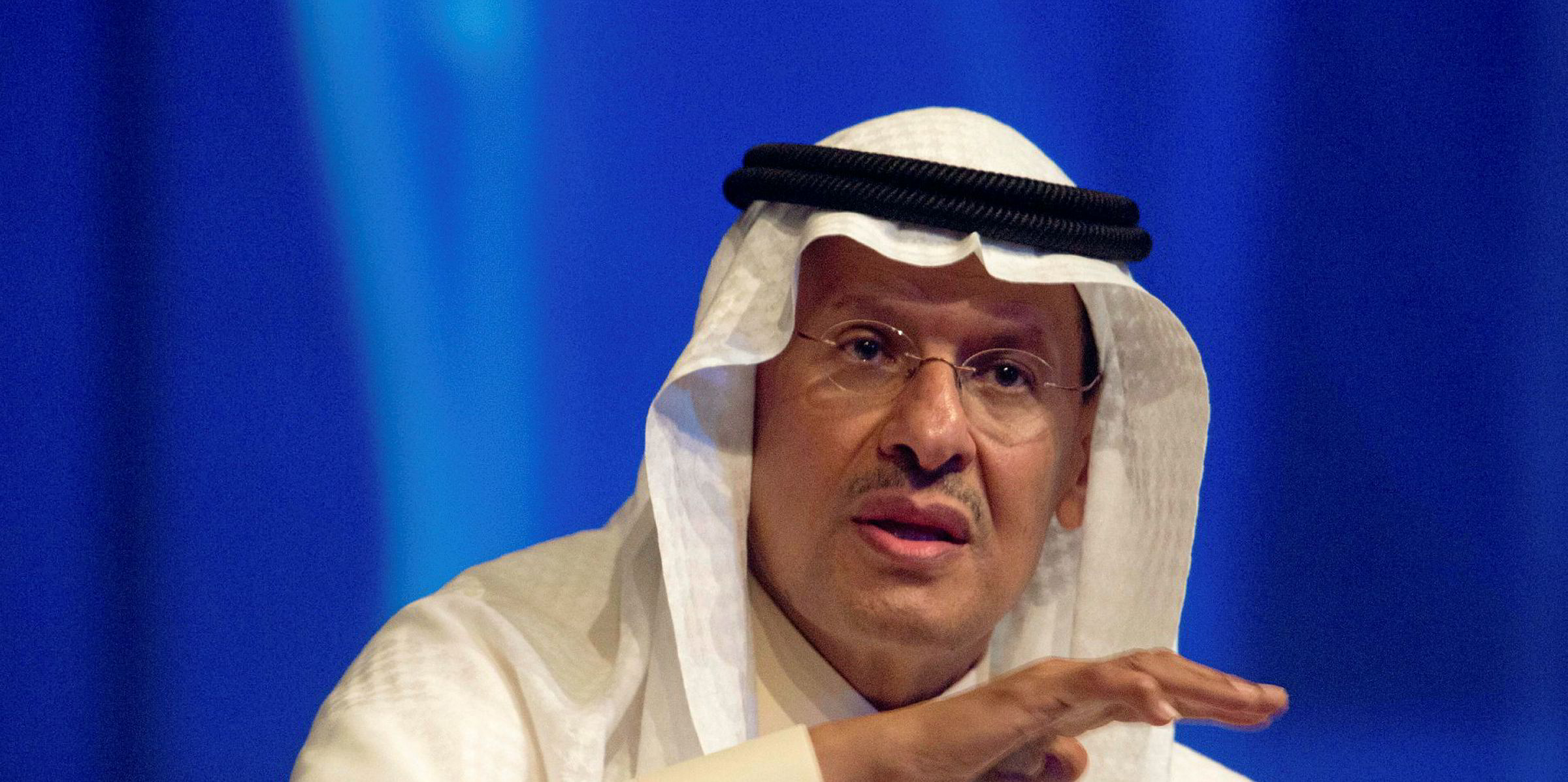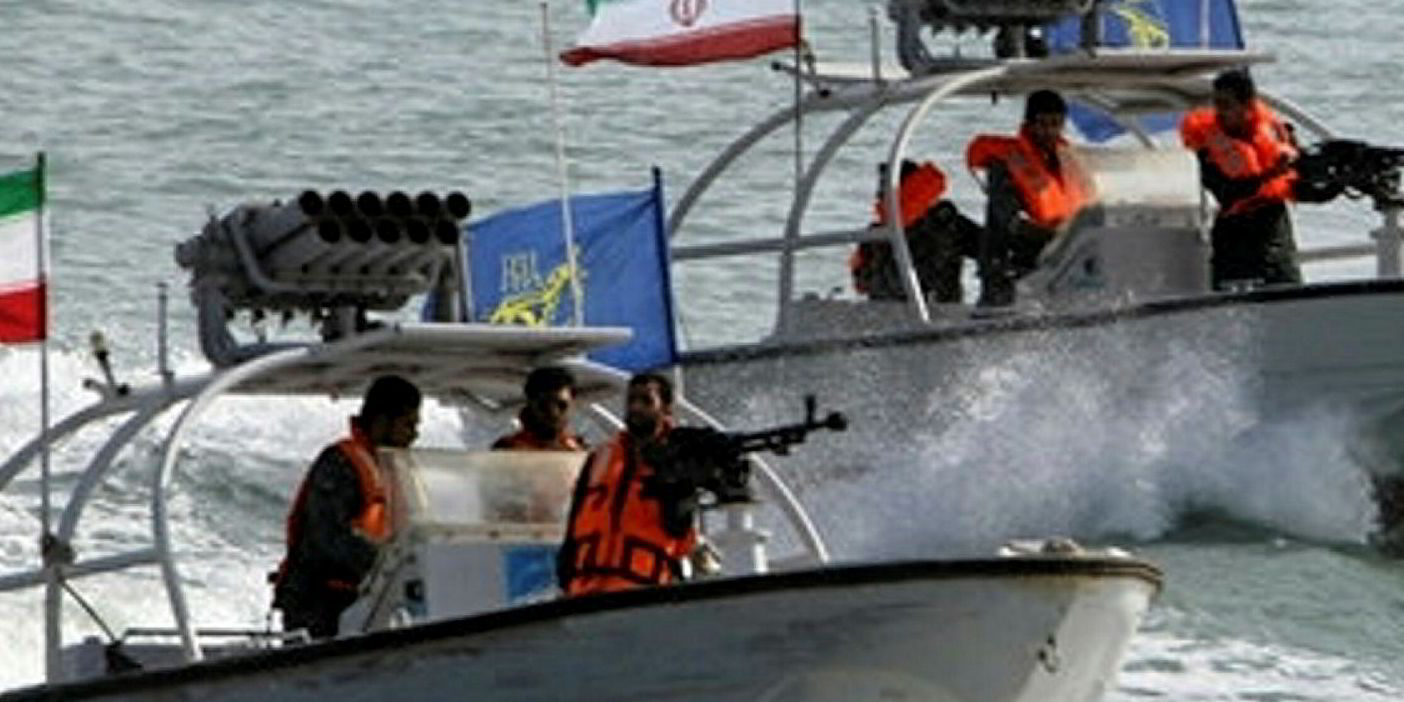The VLGC market is firming up with optimism among shipowners, as the Saudi supply disruption can potentially prompt more US-to-Asia shipments and boost tonne miles.
Anecdotal market reports suggested Saudi Aramco, the country’s national oil firm, has had to raise oil output from its offshore fields to maintain its operation following the weekend's drone attacks on oil facilities in Abqaiq and Khurais.
As the offshore fields produce heavier grades, production of LPG—a light product—is likely to be hit. Market participants expect lower Saudi LPG exports to benefit VLGCs as US producers can step up to fill the supply gap.
As of Wednesday, spot VLGC earnings were assessed by Arctic Securities at $51,482 per day, up 14.1% week-on-week.
The Baltic LPG Index, which assesses the Middle East-Japan VLGC trade, climbed to $62 per tonne on Tuesday from $58.79 on Friday.
Avance Gas chief executive Ulrik Andersen pointed out Saudi Arabia typically exports 10 VLGC cargoes per month—which can be covered by exporters in the US, where terminal capacity is expanding.
“The US has the capacity to export these volumes as inventories are record-high and the terminals’ export capacities not fully utilised,” Andersen said.
With Saudi LPG price expected to rise in line with higher crude costs, US propane can be more price competitive as its production is linked to shale output.
Oil price remains 5% higher than the pre-attack level, reflecting a risk premium amid heightened geopolitical tension. Full repairs of the Abqaiq and Khurais facilities are not expected until the end of November, suggesting Saudi LPG production could be plagued for another two months.
“If there is shortage in Saudi and there is demand in Asia to be covered, then the US can be more competitive,” said Dorian LPG chief commercial officer Tim Hansen, adding that European and West African producers can also grab market share.
Faced with a 25% tariff on US propane imports, Chinese companies are expected to soak up any remaining LPG cargoes from the Middle East while other Asian importing countries focus more on US supplies.
“That has happened to some degree now. That will escalate,” Hansen said.





